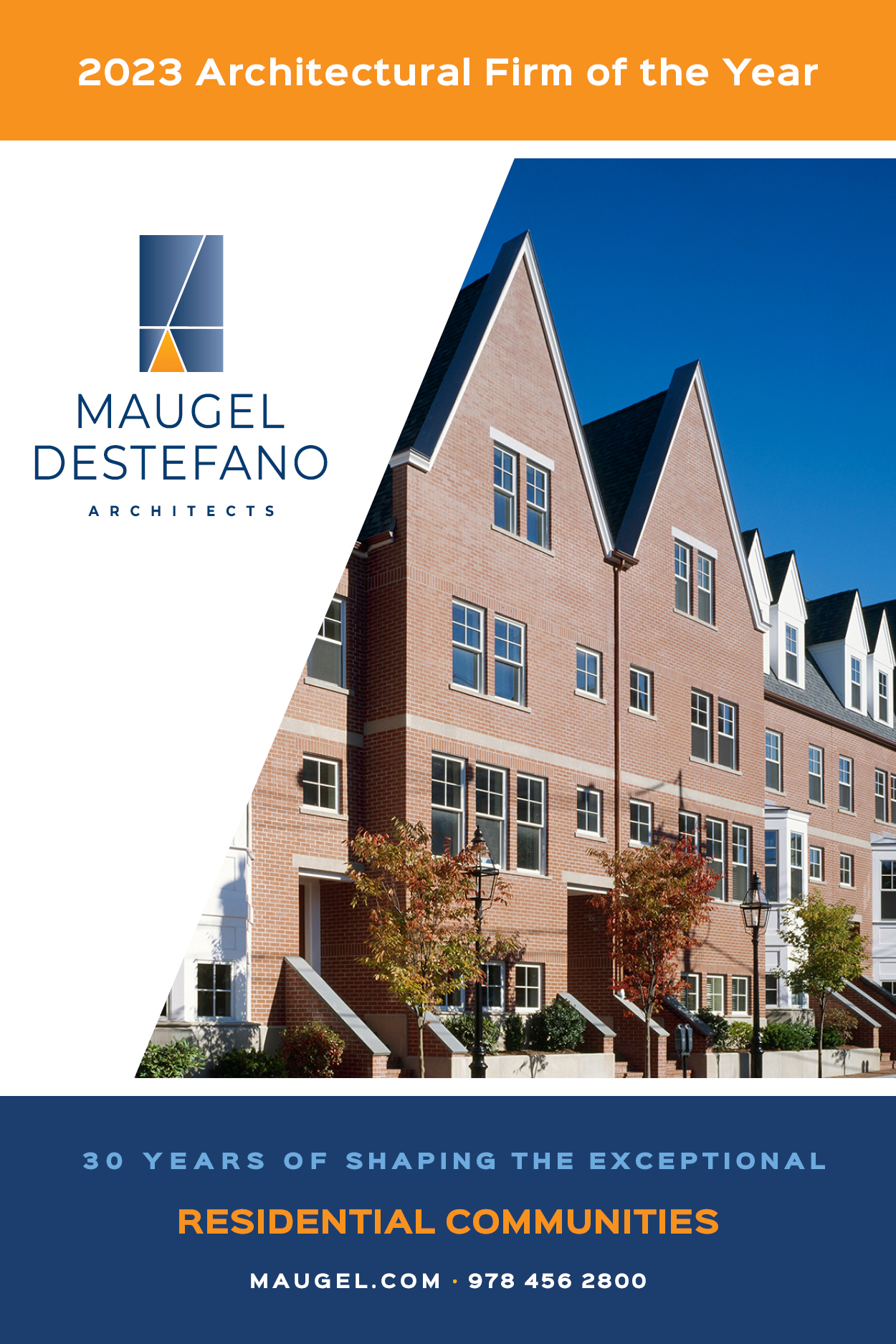BOSTON — Reinforcing its reputation as client-focused innovators in workplace design, national architecture and interiors firm Dyer Brown has announced the completion of a new headquarters for MIT Federal Credit Union, a banking institution serving students and employees of the Massachusetts Institute of Technology.
Working closely with credit union executive leadership to plan and execute the organization’s move into a newly-acquired office building in Lexington, Mass., Dyer Brown has designed a leading-edge workplace that reflects the institution’s tech-savvy yet approachable brand identity, solidifying the firm’s position as experts in workplace strategy.
Led by Ashley Dunn, AIA, director of workplace for Dyer Brown, the multidisciplinary design team re-programmed and renovated 25,000 square feet across three floors of the Lexington building. Located just ten miles north of MIT’s main campus in Cambridge, the high-performing office hub features a warm and welcoming aesthetic with a state-of-the-art feel and finishes that connect the space thematically to the MIT community it serves.
“MIT Federal Credit Union wanted a cutting-edge workplace, full of light and with a clean, modern appearance,” says Dunn, “as well as welcoming and exhibiting strong ties to the campus community and brand. These clear goals for the project emerged from our client engagement workshops, a thorough and collaborative visioning process that involved MIT Federal Credit Union leaders and employees.”
The design celebrates a separate-yet-connected paradigm for the off-campus headquarters, both aesthetically and functionally. The finishes draw inspiration from both MIT’s and the credit union’s brand identities, creating a visual continuity with the Cambridge campus and strongly reinforcing the relationship between the two entities. To support the functional connection, the architects worked with consultants to integrate and upgrade data infrastructure, creating a secure line for the constant flow of data between the two locations. Virtual teller machines were added in the Lexington space and at the campus student center to further maintain face-to-face connectivity.
Dyer Brown’s design also includes considerations for security challenges unique to banking institutions. For example, the programming locates critical data infrastructure above the 100-year-flood line to ensure the protection of electronic record-keeping. The organization’s data center is located on the highest floor of the building and connects to credit union operations on the Cambridge campus via duplicate wiring – providing necessary redundancy to ensure transactions are processed securely in real time.
In addition to upgrading office space and technology infrastructure, the scope of Dyer Brown’s design included updating the building’s circulation areas, with all public-facing spaces focused around an interconnecting stair atrium. This strategic choice for programming offers ease of navigation while simplifying future planning and expansion efforts. The reception area features a color palette of warm grays with geometric pops of red “pixels,” underscoring the organization’s brand identity. On the second floor, a café amenity sits adjacent to the stair, fostering a sense of community. Here, as well as in the large second floor café, larger red accents (taken from the red in the Institutions’ logos) appear above all public spaces, serving to define them. For the office areas, symmetrical layouts underscore the stability associated with financial institutions, while diagonal details express dynamism and innovation – values that MIT and the Credit Union share.
“Over time, as current tenants’ leases end, MIT Federal Credit Union will expand to occupy the whole building, which they now own,” says Dunn. “Eventually we will work with the team to design space for additional organizational growth which could include spaces for interviewing, onboarding, training, seminars, and customer service. Ultimately the complete footprint will be seamless and interconnected.”



















